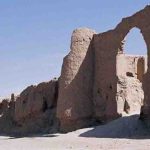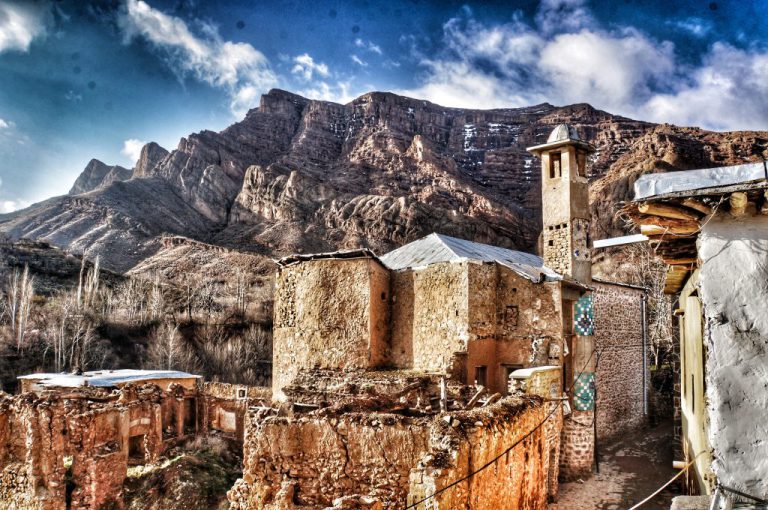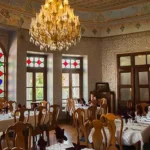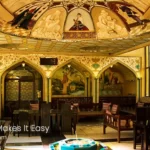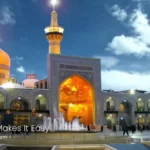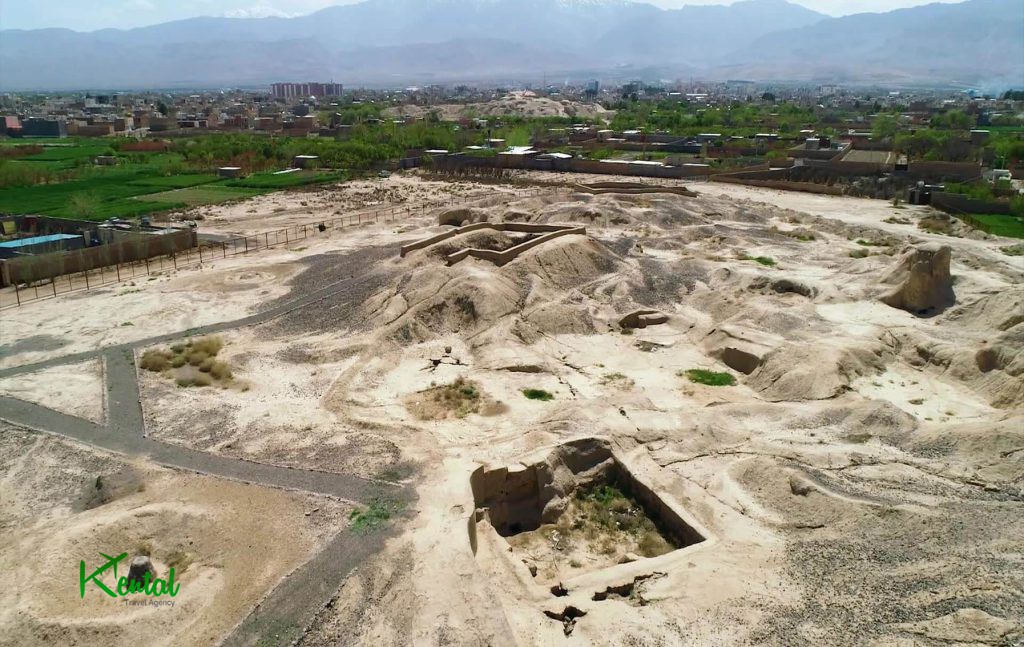
Tepe Sialk
Tepe Sialk is an ancient region in the southwest of Kashan, and is one of the oldest known cultures in the world with eight thousand years old. Tepe Sialk was registered in Iran national heritage list on September 16, 1931 under number 38. It is one of the tourist attractions of Kashan, containing many monuments of different eras of human civilizations including Neolithic, Chalcolithic, Urbanization, Iron Age and Medes Period. The most important civilizational relics known in Sialk are the first man-made villages and houses, the first domesticated animals and plants, and the first calligraphy and writing art.
Where Is Tepe Sialk?
Sialk cultural heritage site, the end of Zulfiqar 10th street, Amir al-Mu’minin Street, Amir Kabir Street, Kashan, Isfahan Province.
Tepe Sialk is located in the southwest of Kashan, on the right side of the Kashan-Fin road, which is Amir Kabir Street.
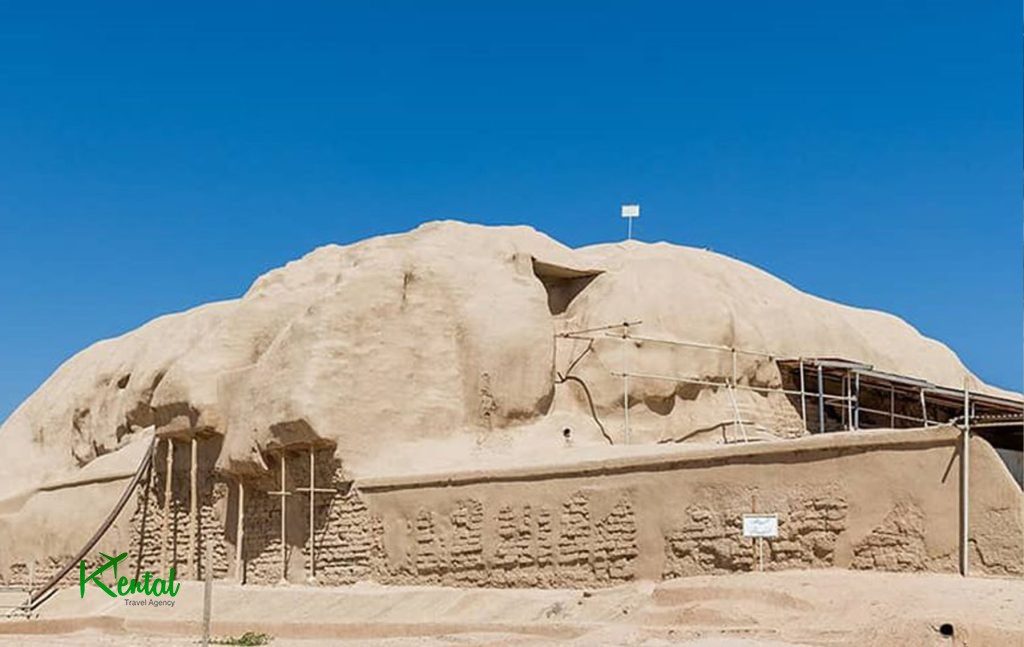
Introducing Tepe Sialk
Tepe Sialk is located in the southwest of Kashan and is considered to be the ruin of the oldest ancient ziggurat in Iran, where the first urban civilization was formed. This historical hill was discovered for the first time in 1932 by Roman Ghirshman.
One of the facts that makes this area more interesting for ancient culture fans is the 5,000-year-old life of people. Besides, the discovery of the most primitive types of pottery to the most advanced ones in this historical area shows the improvement of civilization and people’s life.
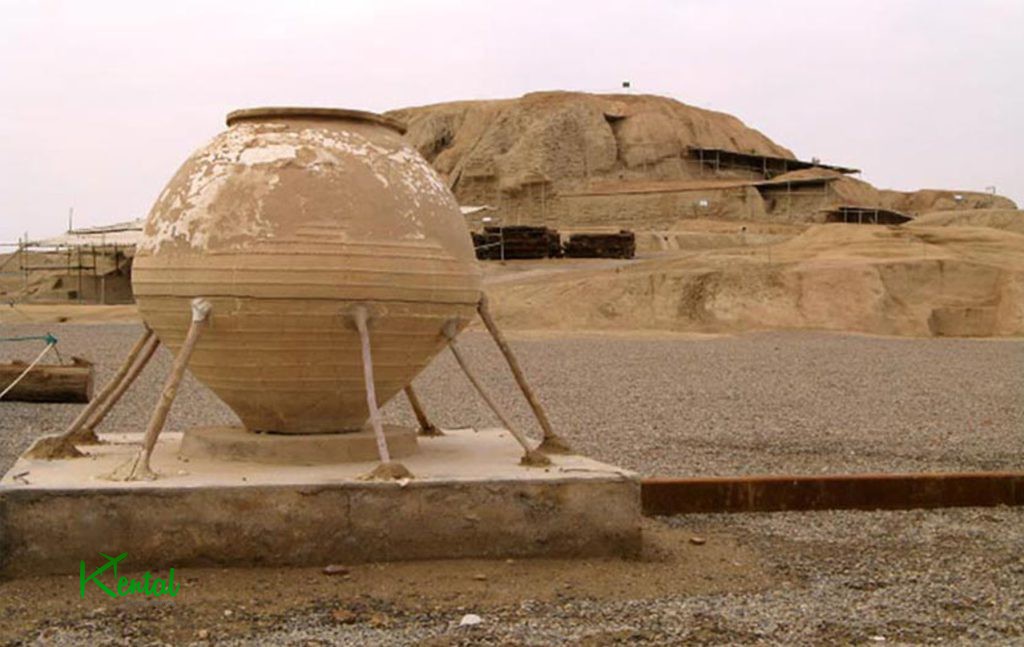
One of the interesting points of this ancient region is that there are thousands of years old potsherds on the ground and around these hills. Also, spinning and weaving spindles show that these people were familiar with this craft. In addition, the residents of this region made tools and advices by melting metal. With the discovery of the metal melting furnace in the southern part of this hill, Sialk city can be considered one of the most industrialized cities of that time.
The exhibition complex of Sialk ancient area includes findings from different periods of Sialk and a theater to introduce documentaries. Ancient Sialk hills are an important part of the outdoor section where tourists can visit a part of the crocks, hoards, trenches and workshops of Professor Ghirshman, as the first explorer of this area.
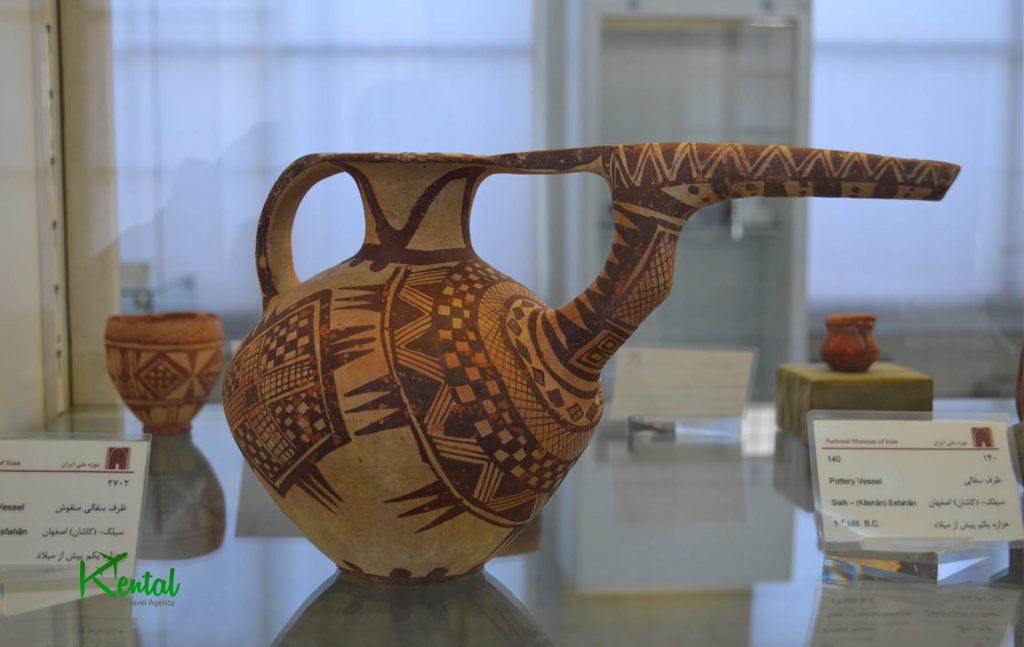
History of Tepe Sialk
Tepe Sialk is considered one of the most valuable ancient relics in Iran and in the world, which has kept the evidences of human life changes since about eight thousand years ago (from the Neolithic period to the Median period). This area includes the North Hill (Small Sialk) with an area of five hectares, the South Hill (Big Sialk) with an area of eight hectares, Cemetery A and Cemetery B. From old to new, these hills display the relics of different eras of human civilization including Neolithic, Copper Age, Urbanization Age, Iron Age and Median Period.
Several decades ago, with the flooding in Kashan agriculture lands, a large and thousands-year-old Sialk cultuew was revealed, and tools and pottery were found which were different from the previous ones, and made everyone amazed and curious.
Meanwhile, profiteers who wanted to become rich overnight, digged the soil of the hill. After a while, people selling the artifacts, especially farmers of the region to the antique dealers, make looters to come to this area. A lost civilization, spared from natural pests for thousands of years, became a farm for antique dealers. Finally, ” Roman Ghirshman”, an archaeologist from Louvre Museum in France, came to Iran with the aim of recognizing and perhaps saving a civilization that belonged to all the people of the world, transferred the historical artifacts to Western countries.
During the years 1933, 1934 and 1937, Tepe Sialk ancient site was explored for the first time by the French archaeological team headed by Roman Ghirshman.


